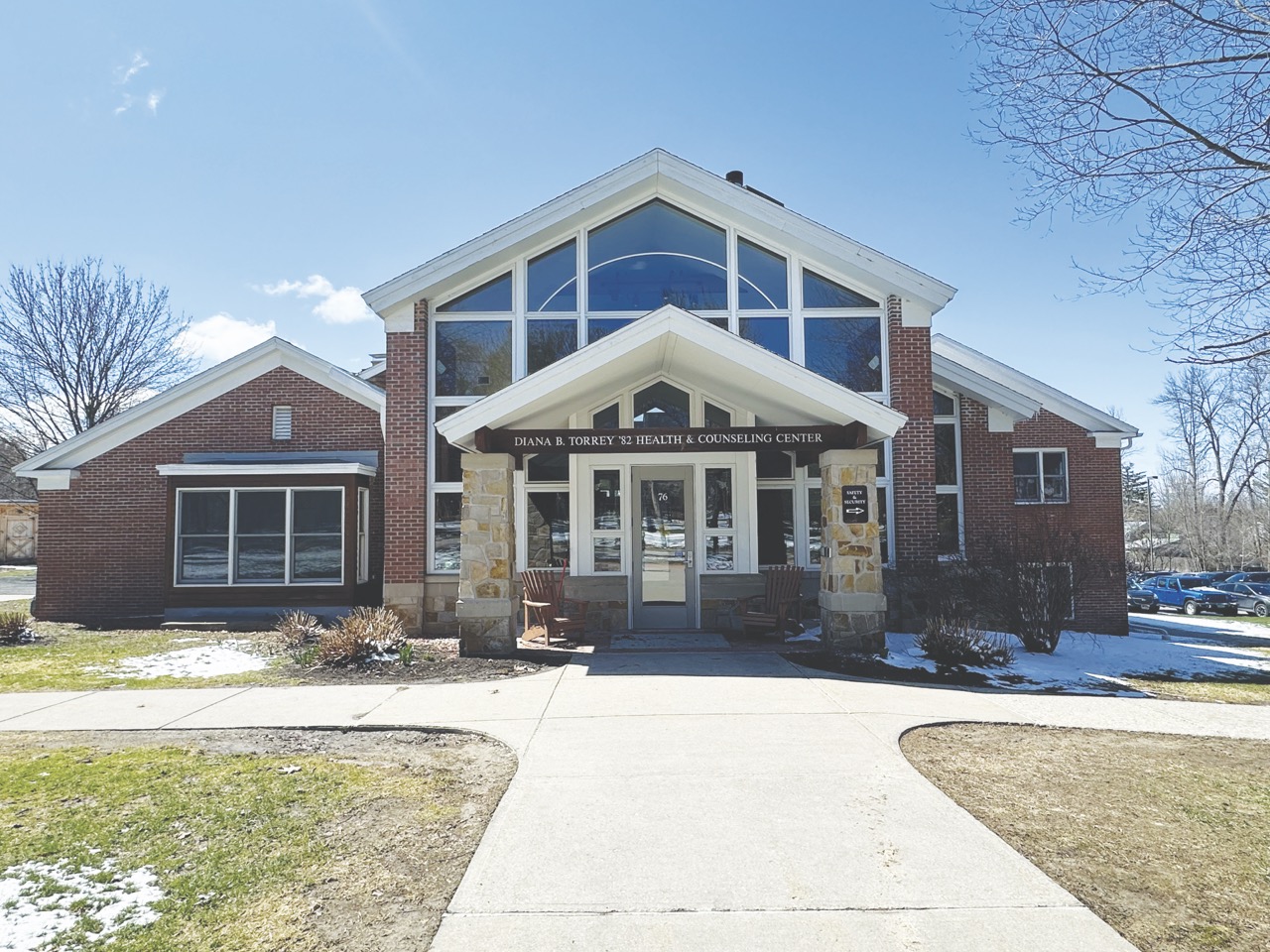Health Center Services Concerns
University’s Diana B. Torrey ’82 Health and Counseling Center has negatively affected the student body. As a college with about 2,000 students, SLU only has about two professional healthcare providers at a time.
The administration is cutting down on spending where they deem necessary, including health care on campus. “There has been a decrease in the budget for the health center, and I think that has to do with the needs on campus,” said Director of Health Services Erin Casey. “There was some pressure in general to reduce departmental expenditure and to streamline things a little bit more,” said Aram Gomez, a counselor for the university.
With SLU being situated in a sparsely populated area, healthcare providers are few and far between, which becomes apparent when fast-spreading illnesses such as the flu arrive in the area. Local providers in Canton, along with the SLU health center, have become overwhelmed during these outbreaks. “During those peaks [high number of sick people], we see it even in the primary care offices around here, like in the urgent care,” Casey said.
The school doesn’t fully employ its healthcare providers as it does with its counselors. “All of our health within our integrated center is contracted through Canton Potsdam Hospital or Rochester Regional Health,” Gomez said. With a lack of providers in the local area, students struggle to find help even off campus.
The limited number of healthcare providers becomes evident during large outbreaks, and many students scramble to find treatment off campus. “After being sick all weekend, I decided to call the health center to try and get an appointment, but I was told they didn’t have any open appointments till Thursday, leading me to have to drive myself to urgent care,” said Olivia Ciaccia ’28. In some cases, students cannot even be seen at local clinics due to the high number of sick people.
With the lack of providers on campus, some students who leave campus to seek out care often find themselves in the same situation. “I couldn’t get into the health center for about five days, and when I called urgent care to see what their wait time was, they told me not to bother since they had a ton of people there as well,” said Theo Parker ’25. Parker then explained how, because of the closeness of students, illnesses spread rapidly, affecting the local area as a whole since campus staff interact with students.



